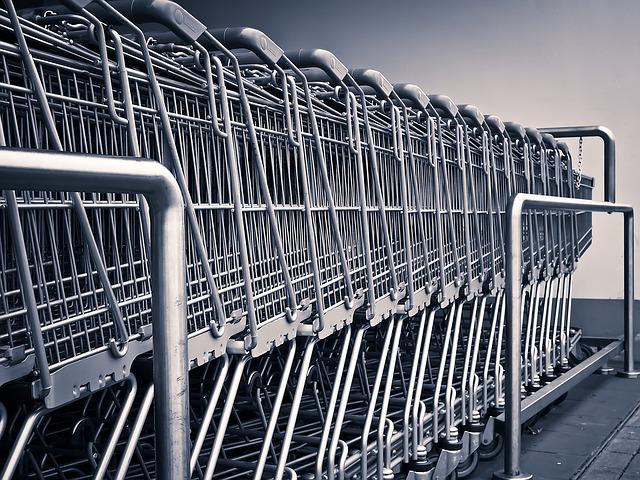Regardless of a cost of living crisis, we’ll always need food and groceries, and more often than not these days we want it fast. While the epic tech boom over the last two years appears to have peaked in 2021, and a slowdown in investments is expected, there is still lots of potential for rapid delivery in the grocery sector.

Owing largely to the pandemic, supermarkets and grocers have drastically shifted how they serve their customers. Forced by stay-at-home orders and social distancing measures, we saw supermarkets adapting at record pace to ensure access to essential groceries was maintained and dwell-time instore was kept to an absolute minimum, writes Graham Tricker, Commercial Director at LiveRamp.
Fast forward and ‘Click and Collect’ services and home deliveries have only broadened and accelerated as consumers relish in a newfound convenience. Whether it’s too cold to go out, someone has an injury, or they’re simply feeling lazy, consumers have come to expect to get their delivery either the next day, same day or within the hour at home. But how? Enter, data.
If I think about data collaboration opportunities between retailers and rapid delivery companies, I would imagine a story around taking shopper buying habits / preferences from loyalty programme data and enabling the rapid delivery companies to deliver a more tailored customer experience that fits the sort of value propositions LiveRamp supports.
To deal with the massive volume of orders and to ensure they arrive within the allotted time, retailers and rapid delivery companies are taking advantage of data collaboration. As supermarkets collect data about their shoppers’ buying habits and preferences through loyalty card programmes, rapid delivery companies can deliver a more tailored customer experience that keeps customers coming back for more.
Data also allows a retailer to understand exactly what is on its shelves, as well as what is in customer’s physical and virtual baskets. Through data collaboration, rapid delivery companies can use this to ensure they can be reactive to changing trends in real-time, so that customers can always order what they want, and get what they need quickly.
Finally, supply chain data enables supermarkets to make smart data-led predictions and act accordingly too, just by analysing the vast amount of historical data they have access to. Often, they will make data-led decisions to deliver stock to a customer from a store that’s further away, because the store that is closer to the customer has historically taken longer to get to the destination because of the store location on a crowded street. Or, they can use data to adapt to shopping habits, for example, upweighting stock in certain periods of the year like Christmas or upweighting certain stock that appeals to a demographic in a particular region. Data collaboration means that even customers of rapid delivery companies can benefit from these tailored experiences too, especially as more people decide to shop from local convenience stores for example, where data collection is not as rife.
A major French grocer has been utilising its categorised data to make exactly these types of decisions. But having the data to analyse is only one piece to the puzzle. By utilising a connectivity platform, this grocer has been able to map the data continually and be provided with a window into its entire supply chain. With the help of the platform, the data can be converted into models that are created on a daily basis, informed by sets of historical data spanning years and years, which can be adapted live in real-time based on specific needs.
While no one can peer into a crystal ball to tell us the future of the tech market, it does remain certain that consumers continue to expect utmost convenience in their lives. Whether it be tailored film suggestions, or tagliatelle in ten minutes, having the data to make it happen will ensure no brand gets left behind.




Comments are closed.